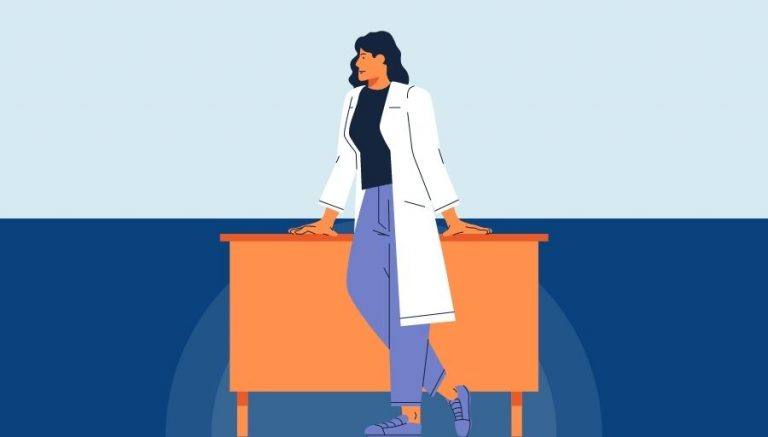Thrombosis – Etiology And Treatment | Coding Ahead
What is Thrombosis?
Thrombosis is the formation of a mass of aggregated blood factors (a thrombus, or blood clot); coagulation of the blood. Specifically, this refers to the formation of a blood clot that blocks a blood vessel.
Etiology:
1. Endothelial Cell Damage:
The intrinsic pathway is triggered when collagen is exposed to blood. Since endothelial cells separate blood from underlying collagen, damage to these cells is a prerequisite to thrombosis. There are many ways endothelial cells can be damaged. Increased blood pressure (hypertension) is one common cause of endothelial damage. Diseases of blood vessel walls (e.g., atherosclerosis) can damage endothelial cells directly or roughen the endothelial lining producing turbulent blood flow that, in turn, damages endothelial cells. Damage to endothelial cells by these processes (i.e., hypertension and atherosclerosis) is, by far, the most common cause of thrombosis.
2. Stasis:
If blood flow becomes abnormally slow, platelets have the opportunity to contact the endothelial lining. Once in contact, platelets may stick and initiate the intrinsic blood coagulation pathway forming a thrombus. Because blood flow is considerably slower in veins than in arteries, veins are where most thrombi occur. Blood returning to the heart from the lower extremities is assisted by valves in leg veins. It is common for these veins to become abnormally wide and for the valves consequently to become ineffective.
3. Sluggish Blood Flow:
Other conditions indirectly can produce sluggish blood flow and, therefore, thrombosis. For example, certain alterations in red blood cells (e.g., some anemias) can make them stickier than normal resulting in clumping of erythrocytes and slowing of blood flow. Similarly, overproduction of red blood cells (polycythemia) can cause slowing of blood flow.
4. Blood Diseases:
While endothelial damage and venous stasis are the most common causes of thrombosis, changes in the composition of blood may account for the formation of some thrombi. For example, if the numbers of platelets rise in the blood stream, there is more chance for the formation of thrombi. This condition is known deficiencies in anticoagulation factors (e.g., antithrombins, fibrinolysins) in their plasma. If these deficiencies appear, the balance of procoagulation-anticoagulation is tipped in favor of procoagulation forces leading to thrombosis.
Treatment:
Ø Anticoagulants are the most common medicines for treating thrombosis. They’re also known as blood thinners.
Ø These medicines decrease our blood’s ability to clot. They also stop existing blood clots from getting bigger. However, blood thinners can’t break up blood clots that have already formed. (The body dissolves most blood clots with time.)
Ø Blood thinners can be taken as either a pill, an injection under the skin, or through a needle or tube inserted into a vein (called intravenous, or IV, injection).
Ø Warfarin and heparin are two blood thinners used to treat thrombosis. Warfarin is given in pill form. (Coumadin® is a common brand name for warfarin.) Heparin is given as an injection or through an IV tube.



